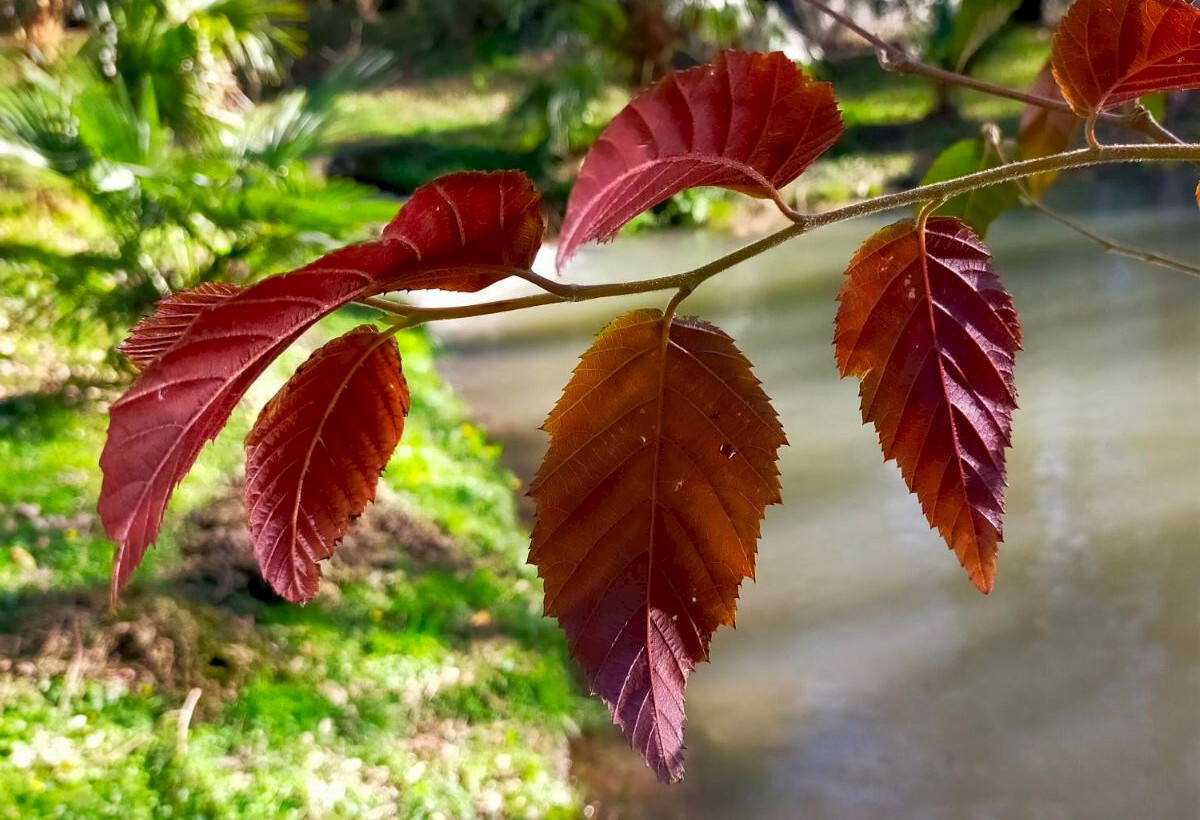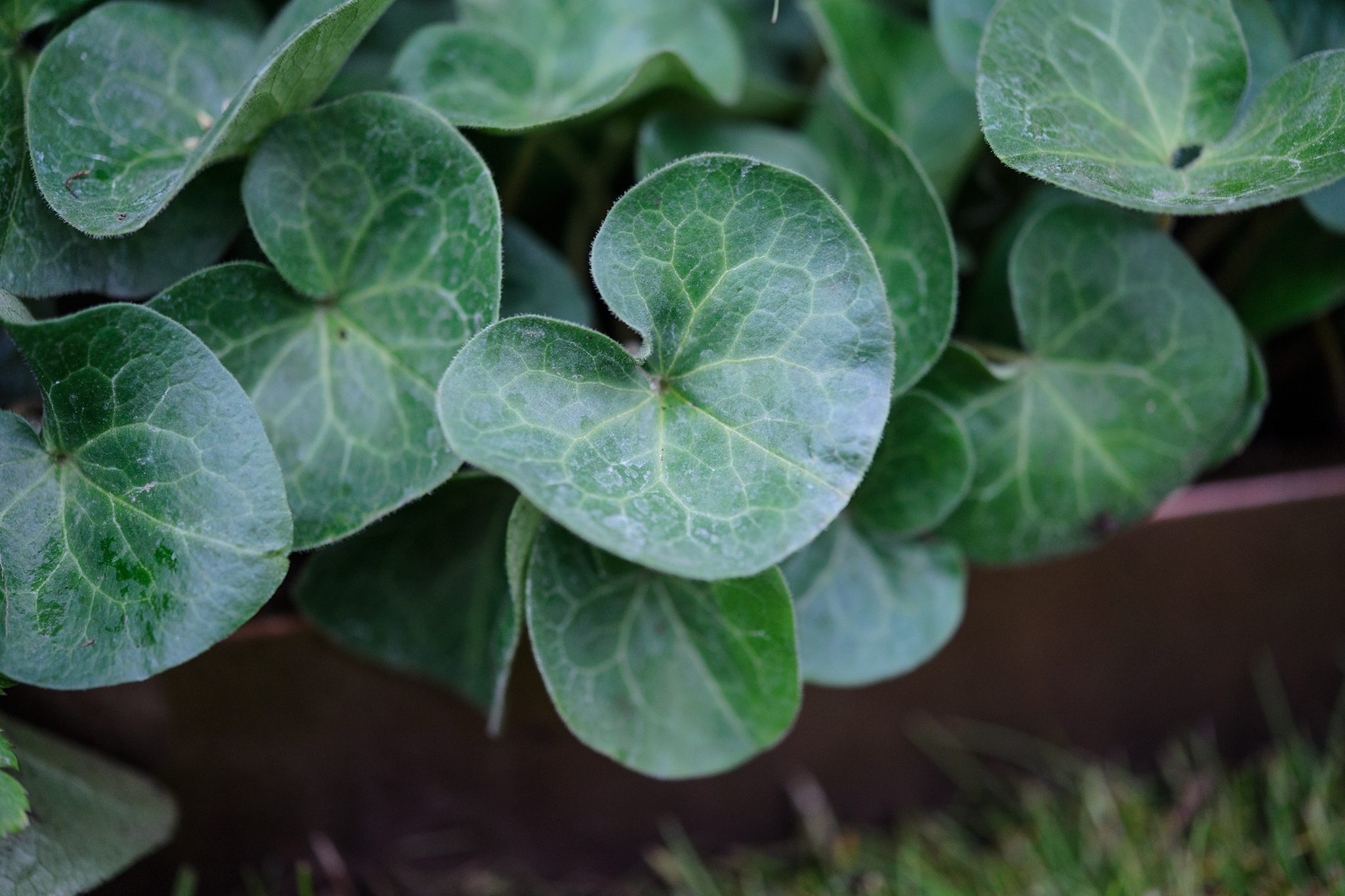
What is Carpinus? Carpinus, commonly known as hornbeam, is a genus of deciduous trees in the birch family. These trees are native to temperate regions of the Northern Hemisphere, including Europe, Asia, and North America. Hornbeams are known for their hard, dense wood and attractive foliage, making them popular in landscaping and bonsai. They can grow up to 30 meters tall and are often found in mixed hardwood forests. Carpinus leaves are simple, serrated, and turn vibrant colors in autumn. The trees produce small, winged nuts that are a food source for wildlife. Hornbeam wood is used for tool handles, flooring, and other applications requiring tough, durable material. These trees also play a role in traditional medicine and folklore.
What is Carpinus?
Carpinus, commonly known as hornbeam, is a genus of deciduous trees in the birch family, Betulaceae. These trees are native to the temperate regions of the Northern Hemisphere. Let's explore some fascinating facts about Carpinus.
Carpinus Species
There are several species of Carpinus, each with unique characteristics. Here are some notable ones:
-
Carpinus betulus: Also known as the European hornbeam, this species is native to Europe and Western Asia. It is often used in hedges and topiary due to its dense foliage and ability to be pruned into various shapes.
-
Carpinus caroliniana: Commonly called the American hornbeam or musclewood, this species is native to North America. Its wood is extremely hard, making it useful for tool handles and other durable items.
-
Carpinus japonica: The Japanese hornbeam is native to Japan and Korea. It is known for its attractive, serrated leaves and smooth, gray bark.
Unique Characteristics of Carpinus
Carpinus trees have some distinct features that set them apart from other trees. Here are a few:
-
Hardwood: The wood of Carpinus is incredibly hard and dense. This makes it difficult to work with but highly durable for specific applications.
-
Leaf Shape: Carpinus leaves are typically oval with serrated edges. They turn a beautiful yellow or orange in the fall, adding to their ornamental value.
-
Bark Texture: The bark of Carpinus trees is smooth and gray, often developing a fluted or muscular appearance as the tree ages.
Ecological Importance
Carpinus trees play a significant role in their ecosystems. Here are some ways they contribute:
-
Habitat: These trees provide habitat and food for various wildlife, including birds, insects, and small mammals.
-
Soil Stabilization: The root systems of Carpinus trees help prevent soil erosion, making them valuable in maintaining the stability of forested areas.
-
Air Quality: Like other trees, Carpinus species contribute to air purification by absorbing carbon dioxide and releasing oxygen.
Uses of Carpinus
Carpinus trees have been utilized by humans for various purposes over the centuries. Here are some examples:
-
Tool Handles: Due to its hardness, Carpinus wood is often used for making tool handles, mallets, and other items that require durability.
-
Ornamental Planting: These trees are popular in landscaping for their attractive foliage and ability to be shaped through pruning.
-
Firewood: The dense wood of Carpinus burns slowly and produces a lot of heat, making it an excellent choice for firewood.
Interesting Facts
Here are some additional intriguing tidbits about Carpinus:
-
Longevity: Carpinus trees can live for several hundred years, making them a long-term addition to any landscape.
-
Symbolism: In some cultures, Carpinus trees symbolize strength and resilience due to their hard wood and ability to withstand harsh conditions.
The Final Word on Carpinus
Carpinus, or hornbeam, stands out with its unique characteristics and ecological importance. These trees, known for their hardwood, play a vital role in forest ecosystems, providing habitat and food for various wildlife. Their distinctive leaves and smooth, gray bark make them easily recognizable. Hornbeams are also valued in landscaping for their dense foliage and resilience to pests and diseases. Whether you're a nature enthusiast or a gardener, understanding these 14 facts about Carpinus can deepen your appreciation for these remarkable trees. From their historical uses in tool-making to their modern applications in sustainable forestry, hornbeams continue to be a significant part of our natural world. So next time you encounter a Carpinus, you'll know just how special it is.
Was this page helpful?
Our commitment to delivering trustworthy and engaging content is at the heart of what we do. Each fact on our site is contributed by real users like you, bringing a wealth of diverse insights and information. To ensure the highest standards of accuracy and reliability, our dedicated editors meticulously review each submission. This process guarantees that the facts we share are not only fascinating but also credible. Trust in our commitment to quality and authenticity as you explore and learn with us.


